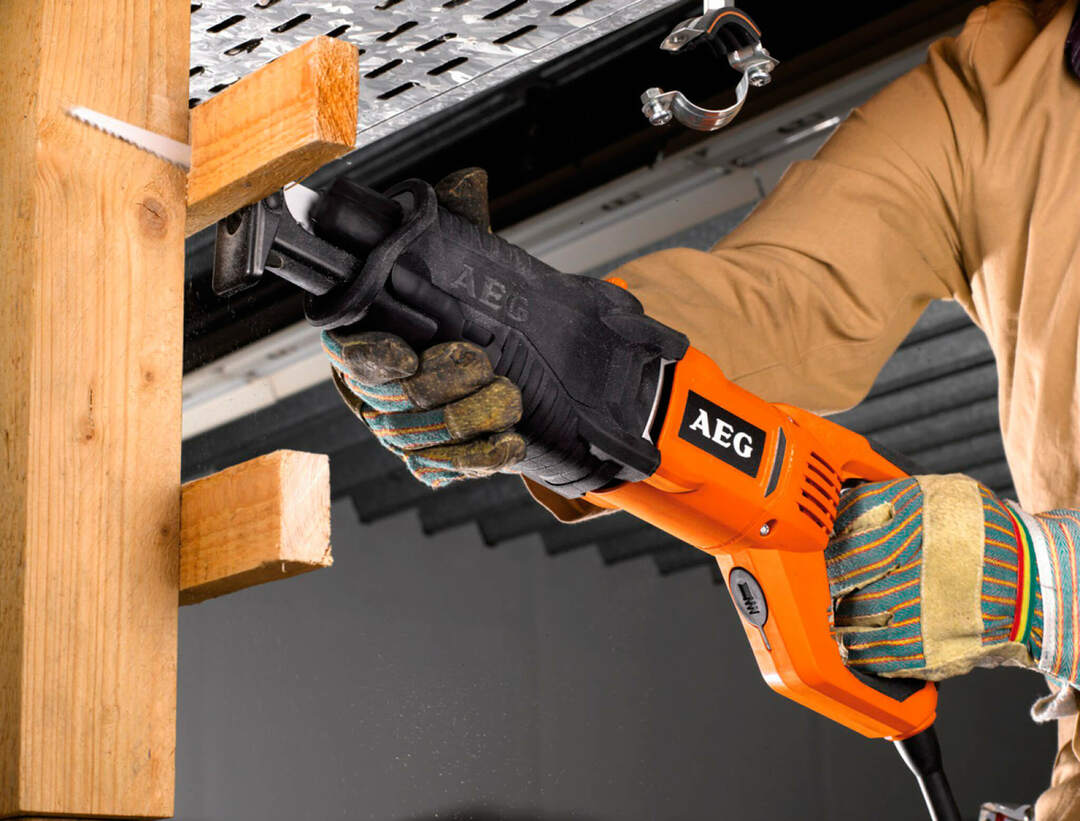If you figure out what an anti-drip system in an iron is, the answer is quite simple. This is a convenient option that prevents small drops from pouring onto the fabric when the temperature drops. More details about the principle of operation and modes of operation with different tissues are described in this material.
The content of the article
- Operating principle
- Temperature conditions for different fabrics
Operating principle
Usually ironing is carried out using water vapor for a more effective effect on the fabric. To do this, the liquid is poured into a special tank, heated and then supplied in the form of steam streams.
However, sometimes drops can fall on the fabric, which leaves ugly stains on it after drying. If the material is delicate, it can even lead to irreversible damage to the item.
Therefore, in modern models, an anti-drip system was specially provided. It is represented by a sensor - an object in the iron, the purpose of which is to respond to temperature changes. The principle of operation is quite simple:
- When the temperature drops to about 80 degrees, the sensor receives a signal.
- The valve closes at the same time.
- Thanks to the blocking, drops on the fabric are excluded.

Then the sole heats up again to 95-100 degrees, the water boils again. The sensor again perceives this signal and transmits it to the valve, which opens again. Thanks to this, the risk of drops on the fabric is practically eliminated. Therefore, the ironing process will be comfortable, and the result will be of consistently high quality.
Temperature conditions for different fabrics
It is clear why an iron is needed - regardless of the model, the principle of operation comes down to processing fabrics with high temperature and steam. For this, an anti-drip system has been created that prevents moisture from entering. However, this is not enough for high-quality processing. It is also important to observe the temperature regime, it depends on the type of material:
- The most delicate is the composition of cotton with a small proportion of polyester. Such fabrics are processed at a temperature of 110°C.
- Viscose materials also do not tolerate high heat, so the temperature regime in the range from 120 to 130 ° C will be optimal for them.
- Approximately at the same temperature they work with silk - 130 ° C.
- If the fabric consists only of cotton without polyester and other additives, set the level to 150 ° C.
- Finally, the most dense material is linen-based, such as a tablecloth. It is processed at 220-230°C. If the composition is based on a mixture of linen and cotton, it is necessary to slightly reduce to 200-210 ° C.

The purpose of the iron involves the presence of an anti-drip system, so almost all models are equipped with it. This is a convenient option that allows you to save fabrics from unnecessary spillage of water. Such devices are inexpensive, so it is better to purchase them.


